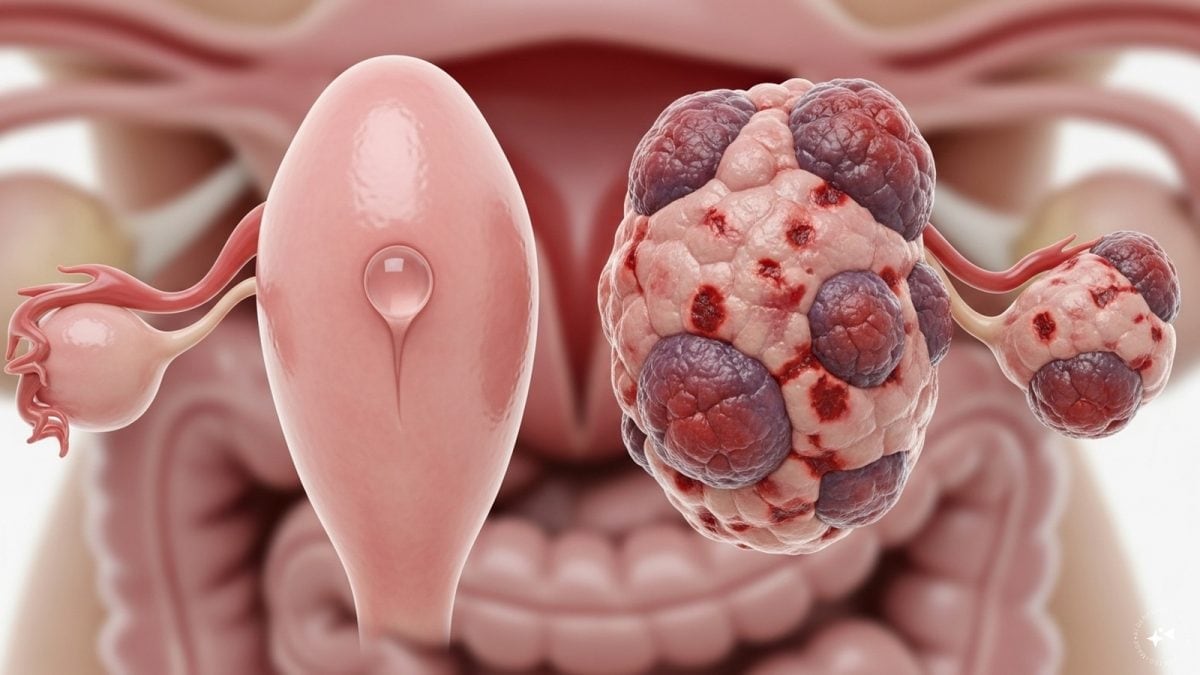Diarrhoea may have been a perennial health problem in India since Independence, but the pathogens that cause it — viruses, bacteria, or protozoa — are all seasonal. On 15 August, Dennis L. Chao et al published an article in PLOS-Neglected Tropical Diseases on the “multifactorial” nature of diarrhoea: meaning, it’s caused by a hoard of different microorganisms, all of which come to life at different times of the year. [caption id=“attachment_5096251” align=“alignleft” width=“380”]  Representation Image. Reuters[/caption] Chao and his team published their research on 15 August as “The seasonality of diarrheal pathogens: A retrospective study of seven sites over three years”. PLOS-Neglected Tropical Diseases is a peer-reviewed scientific journal. India’s diarrhoea problem Diarrhoea is an acute disease in which the patient passes liquid stools frequently. According to India’s National Health Portal, the most significant factors in the spread of the disease are: “Unhygienic living conditions, non-potable drinking water, poor nutrition, overfeeding, infections and ingestion of non-absorbable substance”. Diarrhoea deaths in children under 4 years have come down by 52% in India in recent decades, but it continues to be a major cause of disease and death in young children. According to the latest National Family Health Survey, “the prevalence of diarrhoea [in India] rises from 11 percent among children under age 6 months to 16 percent among those age 6-11 months when complementary foods and other liquids are introduced. Prevalence remains high (13%) at age 12-23 months, which is the time when children begin to walk and are at increased risk of contamination from the environment”. Disease burden Pathogens including bacteria, viruses, parasites and protozoans can all cause diarrhoea - usually, a symptom of stomach infection which spreads through contaminated food or water or from person to person. World Health Organization (WHO) data show that rotavirus and diarrheagenic Escherichia coli are the most common “agents of diarrhoea” in lower- and middle-income countries. Data also show that globally rotavirus infection claims the lives of 450,000 children every year - of these, an estimated 98,000 deaths occur in India. Season for research Research shows that diarrhoea follows specific seasonal patterns that can vary with geographical location and climate. Here’s a look at some of the pathogens that cause diarrhoea and the climate they prefer:
- Hot versus cold: In 2008, researchers Siraj Fayaz Ahmed, A. Farheen, A. Muzaffar and G.M. Mattoo argued in “Prevalence of Diarrhoeal Disease, its Seasonal and Age Variation in under-fives in Kashmir, India” that in temperate climates, bacterial diarrhoea occurs more frequently during the warmer months, whereas viral diarrhea, particularly diarrhea caused by rotavirus, peaks during the winter. In tropical areas, they wrote, rotavirus diarrhoea occurs throughout the year - more cases are reported during the drier, cooler months. Bacterial diarrhoea peaks during the warmer, rainy season in tropical areas.
- Spring-summer: In February-March, as the Indian subcontinent enters spring, the population of common house flies (Musca domestica) grows exponentially. Two months later, diarrhoea because of Shigella — a bacteria — peaks in April-June. Research shows that timing is everything here. The weather, in this case, is thought to mediate complex pathways in the transmission of this disease. Shigella infection is one of the most common causes of diarrhoea in children under 5, and the symptoms include bloody diarrhoea and abdominal cramps. Simple preventive measures such as washing your hands can help prevent the spread of this disease - if you are a parent, wash your hands every time you change the baby’s diaper.
- Rain and dry: In 2014, Darlene Bhavnani at the University of Michigan, Ann Arbor, among other researchers published a paper in The American Journal of Tropical Medicine and Hygiene. Their key finding: heavy rainfall could increase the risk of diarrhoea in households with unimproved or unfiltered water sources but that dry conditions could increase the risk of diarrhoea in households with unimproved sanitation.
Earlier this week, the Karnataka government launched a programme to administer free rotavirus vaccine to children under 1 year of age. Of course, India still has miles to go before it can solve the problem of over 1.5 million annual deaths by diarrhoea in children under 5 years. Health articles in Firstpost are written by myUpchar.com, India’s first and biggest resource for verified medical information. At myUpchar, researchers and journalists work with doctors to bring you information on all things health. To know more on this topic, please visit https://www.myupchar.com/en/disease/diarrhea


)

)
)
)
)
)
)
)
)



